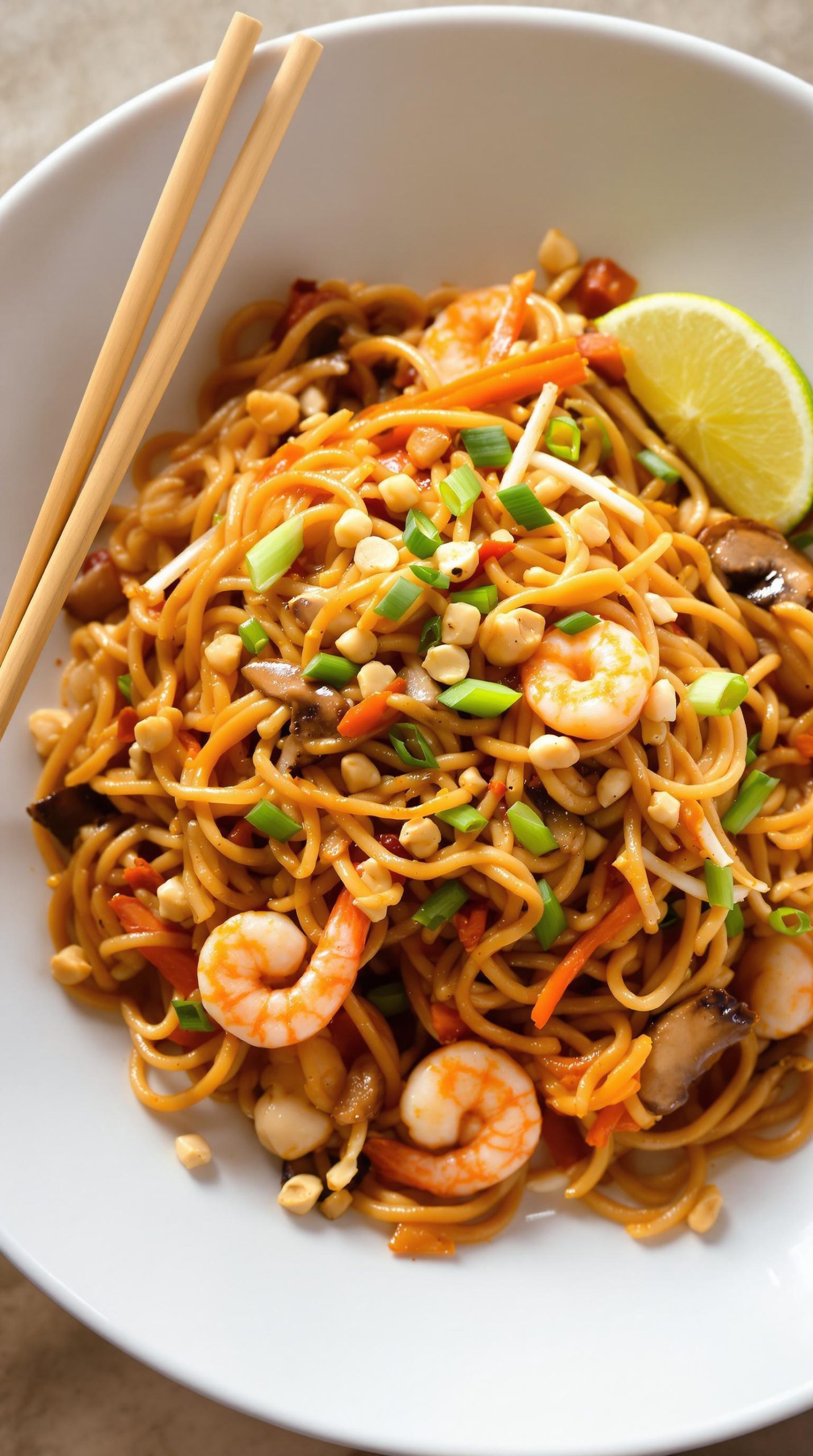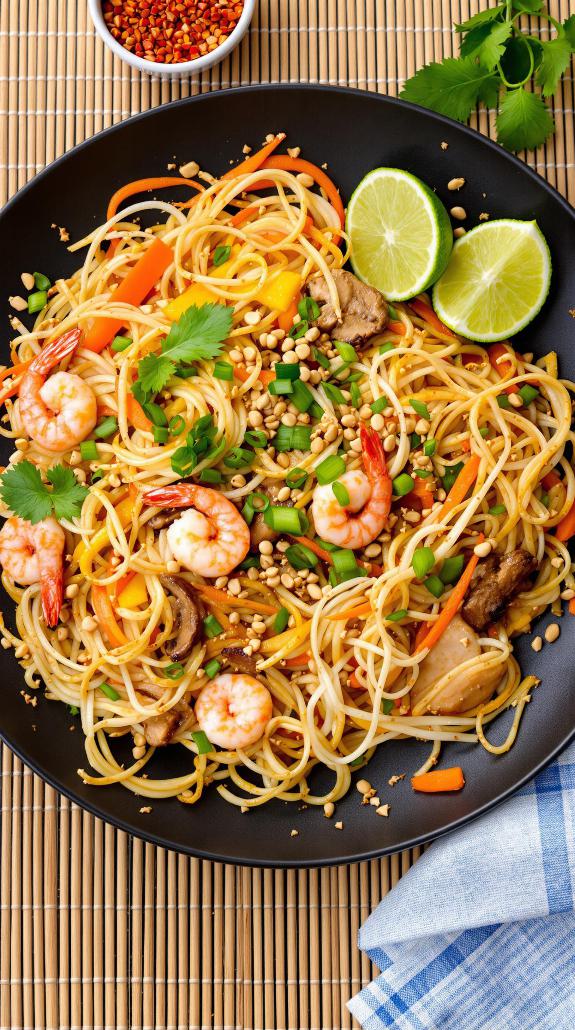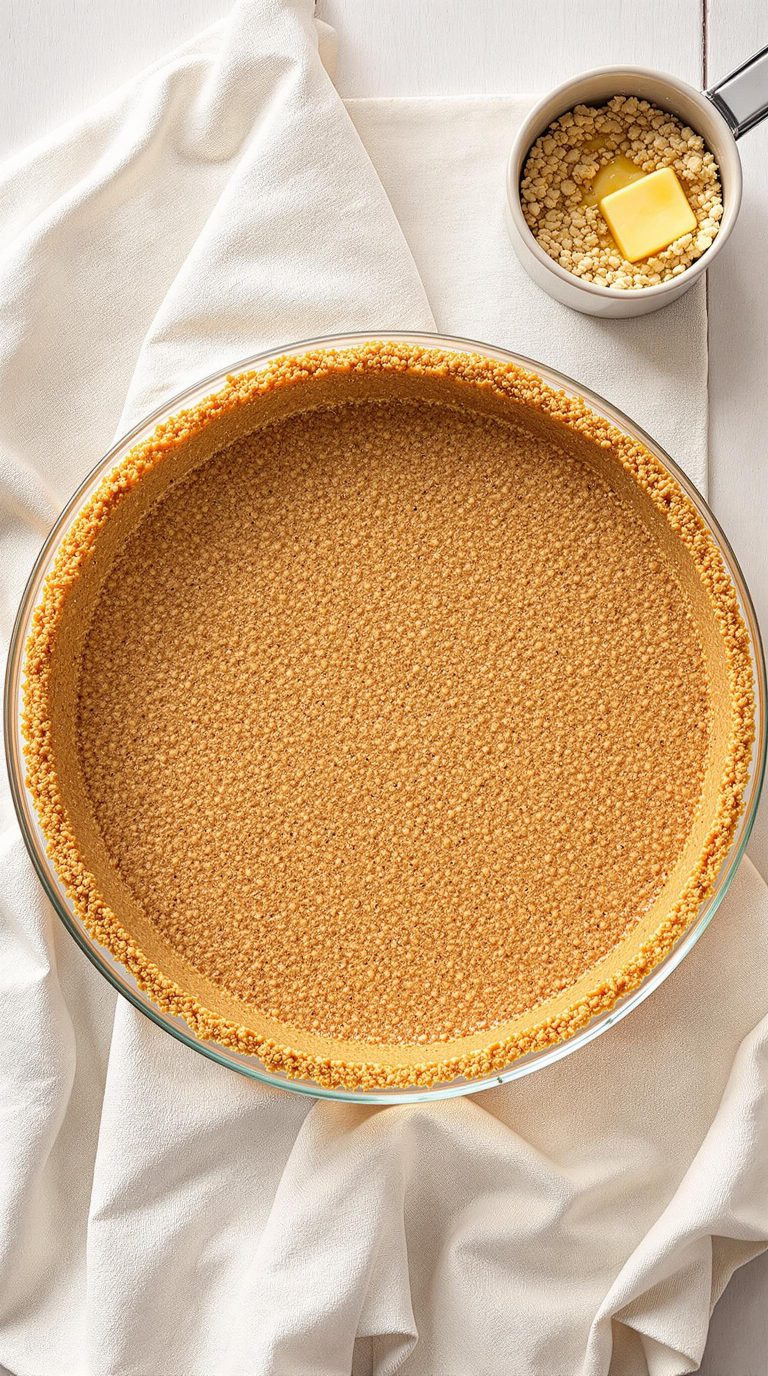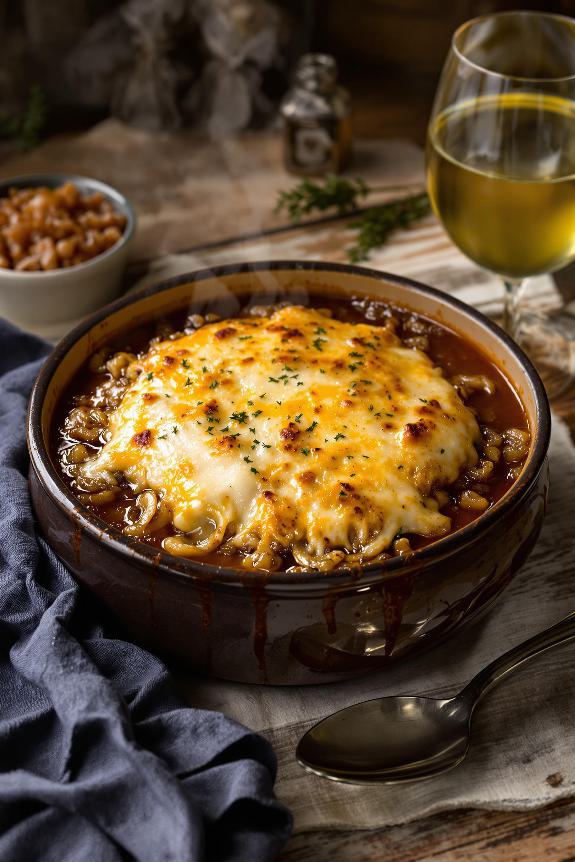Why You’ll Love this Authentic Thai Pad Thai
Why does this Pad Thai recipe stand out from all the others you’ve tried? It’s the perfect balance of sweet, tangy, and savory flavors that dance on your palate. I’m talking about that magical sauce – fish sauce, rice vinegar, tomato paste, and sugar working harmoniously together.
You’ll appreciate how this recipe doesn’t cut corners with pre-made sauces. Everything’s from scratch, just like you’d find on the streets of Bangkok.
The combination of tender chicken, plump shrimp, crunchy peanuts, and fresh bean sprouts creates textural heaven. And those perfectly al dente rice noodles? They soak up every bit of that incredible sauce.
What Ingredients are in Authentic Thai Pad Thai?
To create that perfect plate of Pad Thai that’ll transport you straight to the bustling streets of Bangkok, you’ll need a careful balance of savory, sweet, tangy, and umami ingredients. This authentic recipe doesn’t rely on store-bought sauce but builds complex flavors from scratch using traditional Thai ingredients. The magic happens when these components come together, creating that distinctive Pad Thai taste we all crave.
- 8 ounces medium-width rice noodles
- 2 eggs
- 2 1/2 tablespoons canola oil
- 5-6 minced garlic cloves
- 1/4 cup julienned baby carrots
- 4 ounces sliced mushrooms
- 5 chopped green onions
- 1/2 pound cooked, bite-sized chicken breast pieces
- 1/2 pound cooked, peeled, deveined shrimp
- 3/4 cup coarsely chopped dry-roasted unsalted peanuts
- 4 ounces bean sprouts
- 1 lime, cut into wedges
- Crushed red pepper flakes (to taste)
- For the sauce: 6 tablespoons fish sauce, 1/2 cup unseasoned rice vinegar, 3 tablespoons tomato paste, 1/2 cup sugar
The key to authentic Pad Thai lies in the balance of these ingredients. Fish sauce provides that distinctive umami flavor that’s irreplaceable (please don’t substitute it!), while the acidity of rice vinegar balances the sweetness from the sugar. Notice the absence of ketchup that many Americanized recipes use—tomato paste provides a more concentrated flavor without additional sweetness. Feel free to adjust the protein options based on preference—you can go all chicken, all shrimp, or even add tofu for a vegetarian-friendly option.
How to Make this Authentic Thai Pad Thai

Creating authentic Pad Thai at home starts with preparing your sauce. Mix together 6 tablespoons of fish sauce, 1/2 cup of unseasoned rice vinegar, 3 tablespoons of tomato paste, and 1/2 cup of sugar in a small bowl until well combined. This sauce is the heart and soul of your dish—the perfect balance of salty, sweet, and tangy that makes Pad Thai so irresistible.
While your sauce rests, cook 8 ounces of medium-width rice noodles according to package directions, but aim for slightly al dente as they’ll continue cooking later.
Next, heat your wok or large skillet and scramble 2 eggs (I like to season mine with a touch of garlic powder for extra flavor). Once cooked, set them aside and add 2 1/2 tablespoons of canola oil to the same pan. When the oil is hot, toss in 5-6 minced garlic cloves, 1/4 cup of julienned baby carrots, and 4 ounces of sliced mushrooms, sautéing for about 2-3 minutes until fragrant and slightly softened.
For the most authentic result, consider using a traditional Thai wok set that distributes heat evenly and allows for perfect stir-frying techniques.
Pour in your prepared sauce, giving everything a good stir to coat those veggies in all that flavor. Now add your proteins and aromatics—5 chopped green onions, the scrambled eggs, 1/2 pound of cooked chicken breast pieces, 1/2 pound of cooked shrimp, and 3/4 cup of chopped peanuts. Stir-fry for about 2 minutes until everything is heated through.
The final step is bringing it all together. Add your cooked rice noodles and 4 ounces of fresh bean sprouts to the pan, tossing everything gently to combine. The noodles should drink up that delicious sauce as they finish cooking for about 2 more minutes.
Wonder why restaurant Pad Thai always seems more flavorful than homemade versions? The secret is in this final tossing stage—give everything enough time to mingle and get to know each other.
Having a premium knife set will make preparing all the ingredients for your Pad Thai much quicker and more precise, allowing for more consistent cooking results.
Serve your masterpiece with lime wedges for squeezing over top and crushed red pepper flakes for those who like a spicy kick. The bright acidity from the lime transforms the dish, cutting through the richness and bringing all those complex flavors into perfect harmony.
Authentic Thai Pad Thai Substitutions and Variations
While our classic Pad Thai recipe delivers authentic flavor, adaptable cooks know that sometimes we need to work with what’s in the pantry.
Can’t find rice noodles? Linguine will work in a pinch.
Vegetarians can swap tofu for chicken and shrimp, while beef lovers might prefer thinly sliced flank steak.
No fish sauce? Try soy sauce with a splash of lime juice.
Bean sprouts can be replaced with thinly sliced cabbage for that essential crunch.
And if peanuts trigger allergies, toasted sunflower seeds make a delicious substitute.
The beauty of Pad Thai? It’s forgiving, flexible, and still tastes amazing with thoughtful swaps.
What to Serve with Authentic Thai Pad Thai
What pairs perfectly with a steaming plate of authentic Pad Thai? I’m a firm believer that complementary sides enhance the tangy, savory experience.
A crisp cucumber salad with rice vinegar dressing cuts through the richness, while chilled spring rolls offer textural contrast. Don’t forget a traditional Thai iced tea—its creamy sweetness balances the dish’s heat.
For a complete feast, consider tom yum soup as a starter. Its bright, citrusy flavors prepare your palate for what’s coming.
Mango sticky rice makes an ideal dessert finale, trust me. The sweet, coconut-infused ending soothes any lingering spice.
Final Thoughts
Now that I’ve shared my favorite pairings, I want to reflect on what makes Pad Thai truly special.
It’s the perfect balance of sweet, sour, and savory—a harmonious dance of flavors in every bite. The magic happens when those rice noodles soak up that umami-rich sauce, complemented by crunchy peanuts and fresh bean sprouts.
What I love most about this dish? Its versatility.
You can adjust the spice level, swap proteins, or add more veggies to suit your taste. If you enjoy creative culinary fusions, try incorporating Asian-inspired ingredients like soy sauce or green onions for an unexpected twist on classic dishes. For an inventive presentation, consider serving your next Asian fusion creation in spaghetti squash boats that add both nutritional value and visual appeal to your meal.
Conclusion
I’m so excited for you to bring this authentic Pad Thai experience into your home kitchen. Once you master this balance of sweet, sour, salty, and umami, you’ll never look at takeout the same way again. It’s all about that perfect sauce, those chewy noodles, and the satisfying crunch of peanuts. Ready to transport yourself to a Bangkok street market with just one bite?





